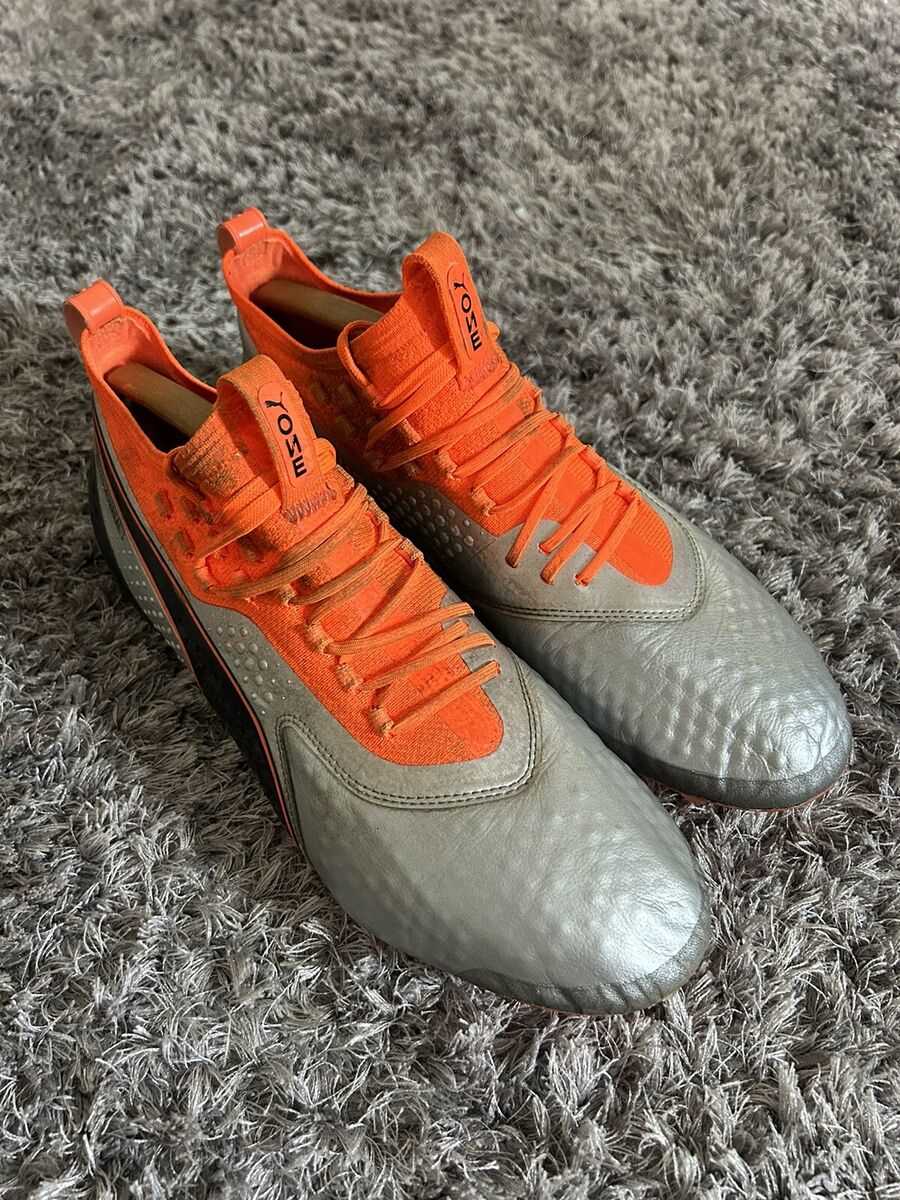When it comes to athletic performance, the importance of appropriate footwear cannot be overstated. The right fit can significantly impact a player’s comfort, agility, and overall efficiency on the field. This section delves into how crucial it is for athletes to select the right dimensions for their sports shoes, ensuring they meet both functional and personal needs.
In this discussion, we will explore the factors that influence the ideal choice of footwear for competitive environments. By examining various aspects of foot anatomy and shoe design, we aim to provide insights that will help in making informed decisions for optimal performance.
Understanding the Football Footwear Dimensions

Grasping the specific footwear measurements required by a prominent football player can offer insight into their on-field performance and comfort. These measurements are crucial for selecting appropriate gear that aligns with the player’s physical requirements and playing style.
- Performance and Comfort: Properly fitted footwear enhances agility and reduces discomfort during intense matches.
- Personal Preferences: The choice of footwear often reflects personal comfort and performance needs.
- Team Specifications: Team equipment managers may have specific guidelines for player gear.
By delving into these aspects, one can appreciate the significance of tailored football gear in enhancing overall game performance.
Importance of Proper Footwear in Football
Choosing the right footwear is crucial for optimal performance and safety in sports. Properly selected gear ensures comfort, enhances agility, and minimizes the risk of injury. It supports effective movement and stability, which are essential for executing skills and strategies on the field.
Appropriate footwear is designed to match the playing surface and the athlete’s needs, offering the right balance between traction and flexibility. This specialized equipment helps players maintain control and prevent slips or falls during intense physical activity.
Impact of Footwear Dimensions on Athletic Performance
Footwear dimensions play a crucial role in influencing athletic capabilities. The balance and control afforded by the correct fit can significantly affect a player’s movement, agility, and overall efficiency on the field. Variations in footwear dimensions can alter traction, comfort, and stability, which in turn, impact a player’s performance during crucial moments.
In particular, a well-adjusted fit enhances precision and confidence, allowing athletes to execute complex maneuvers with greater ease. Conversely, improper dimensions may lead to discomfort and reduced effectiveness. Understanding how footwear dimensions contribute to performance can offer valuable insights into optimizing athletic gear for peak efficiency.
Comparing Player Measurements
When evaluating the proportions of athletes across various teams, it is essential to consider how individual characteristics compare to those of peers. Analyzing these differences can provide insight into the physical attributes that might influence performance on the field.
In this context, comparing the measurements of a specific player with those of others can shed light on unique physical traits that contribute to playing style and effectiveness. This comparison often involves a detailed look at how an individual’s dimensions align with those of prominent players in the same sport.
Here are some key points to consider in such comparisons:
- General physical attributes and their impact on performance.
- How differences in measurements influence playing style and tactics.
- The role of physical dimensions in the overall effectiveness of players in different positions.
Recommendations for Choosing Football Footwear
Selecting the right pair of footwear for the game can significantly impact performance and comfort. Properly fitting footwear can enhance stability, grip, and overall efficiency on the field. It’s essential to consider various factors that contribute to a well-suited choice, ensuring the footwear aligns with personal preferences and playing conditions.
First and foremost, evaluate the playing surface. Whether it’s firm ground, artificial turf, or soft ground, each surface demands specific characteristics from the footwear. Ensure that the design and traction elements are suitable for the type of field you frequently play on.
Next, consider the fit and support. The footwear should provide ample support and comfort to avoid injuries and enhance performance. Look for features such as cushioning and arch support that align with your foot shape and playing style.
Lastly, take into account the overall durability and brand reputation. Quality construction and reliable materials will ensure longevity and consistent performance, providing the necessary confidence to perform at your best.




